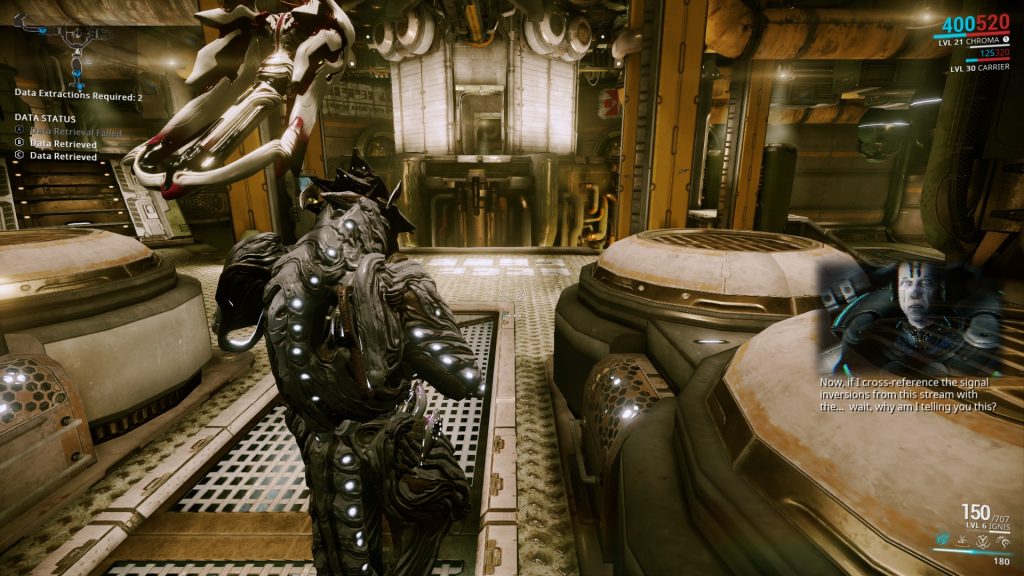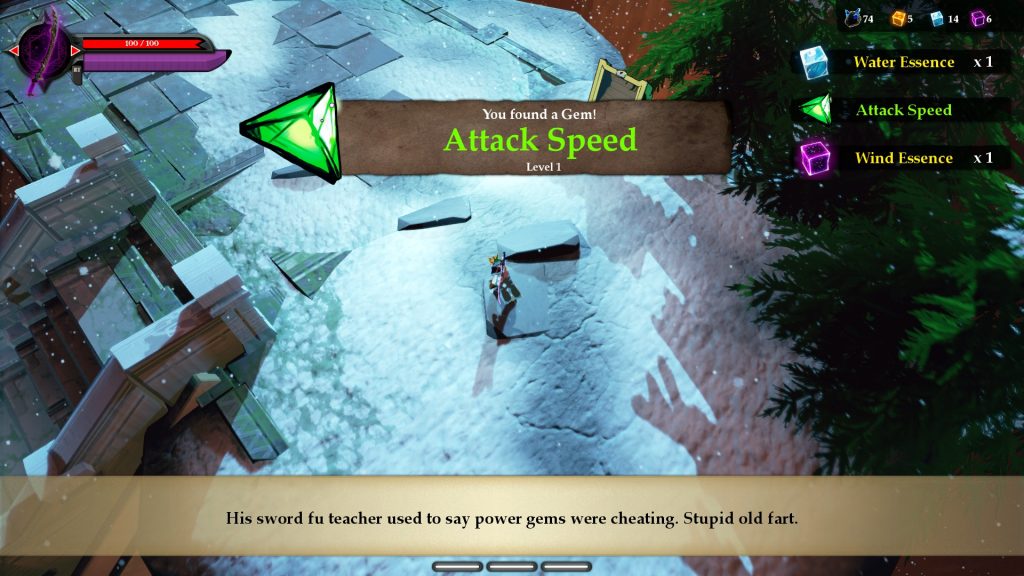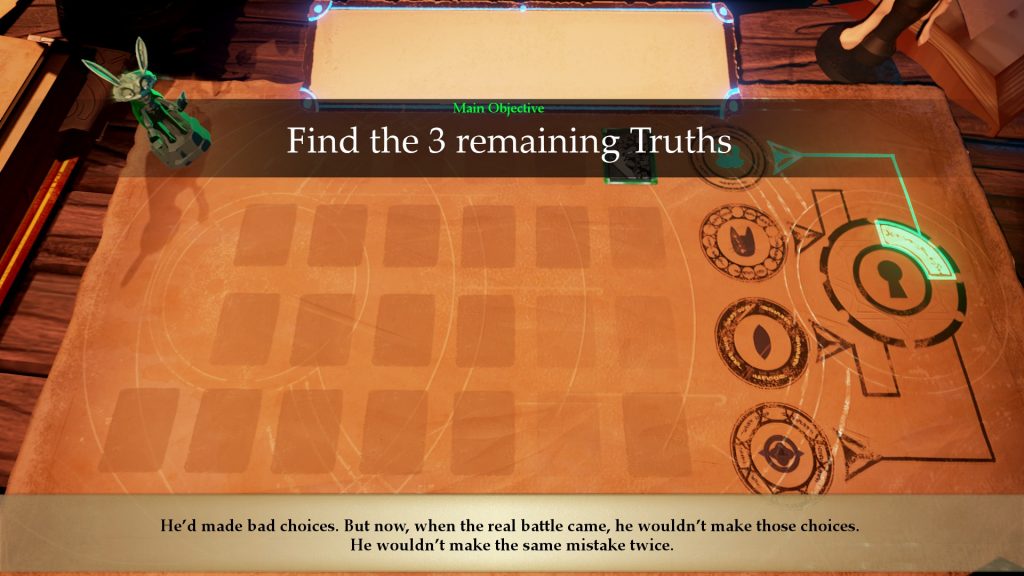Warframe has a very large number of weapons. There are currently over 100 primary weapons, almost as many secondaries, and more melee weapons than I care to count. While it’s true that many of these are variations of each other (there are 4 versions of the basic Braton assault rifle for example) there’s still a relatively large number of unique weapons. Here are a few primaries that I like:
Vectis
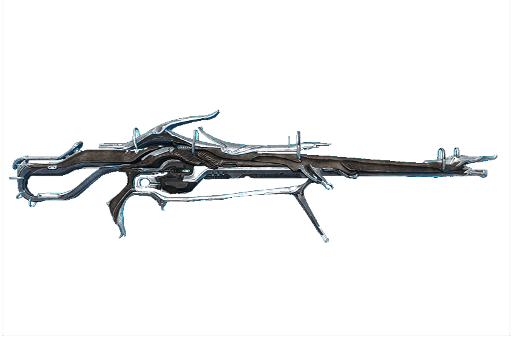
The most standard weapon in this list, the Vectis is one of the first sniper rifles that you can get in the game. It only has one round so you have to like reloading, but does good damage with great critical stats and is capable of killing things from when you get it through some of the hardest content in the game. There is a somewhat difficult to get prime variant that does somewhat more damage and loads two rounds, but the normal one is still an amazing choice if what you want to do is kill enemies before they can even see you.
Supra

The Supra is a hand-held plasma minigun, and is my most-used weapon overall. In sharp contrast to the Vectis, this one’s for pointing at a group of enemies that you want to go away. A significant amount of travel time and spread make this unsuitable for anything longer than mid-range, but for anything in the same room this can clean up amazingly. This also has a mod that can make it give you energy, cause an AOE explosion, and boost your max energy slightly.
Quanta
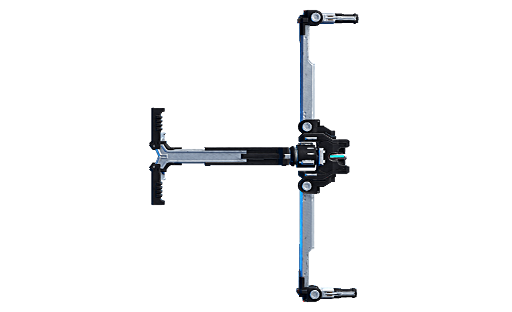
There are a few cases of weapons that make it incredibly obvious that Digital Extremes worked on the Unreal Tournament series before making Dark Sector and Warframe. The Drakgoon bears a more than superficial similarity to the UT flak cannon (without the secondary fire, unfortunately). The Angstrum (which is a secondary weapon somehow) has a similar charge mechanic as the UT rocket launcher. Along these lines, the Quanta is a re-implementation of the shock rifle. Primary fire is a perfectly accurate continuous beam; secondary fire shoots floating cubes that explode when touched by enemies. If you shoot a cube before it blows up naturally, it does additional damage. This union of great AOE weapon and great single-target weapon is useful for just about anything.
Others
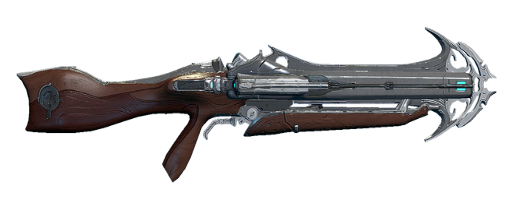
This is just scratching the surface. There are shotguns that shoot exploding shells. There’s a giant cannon that you’re going to probably blow yourself up with more often than the enemy. There’s an energy bow that shoots arrows that explode into a giant cloud that freezes and then blows up your enemies. There are several highly-effective normal bows. I’m not sure where this statement was going.
The giant variety of weapons on offer here is one of my favorite parts about the game. The variety in Warframes and their abilities is a close second; the combination ensures that many different playstyles are possible. If you tried Warframe forever ago, now might be a reasonable time to give it another shot.
P.S. You have one week to finish the FFV Four Job Fiesta. Get to it!


